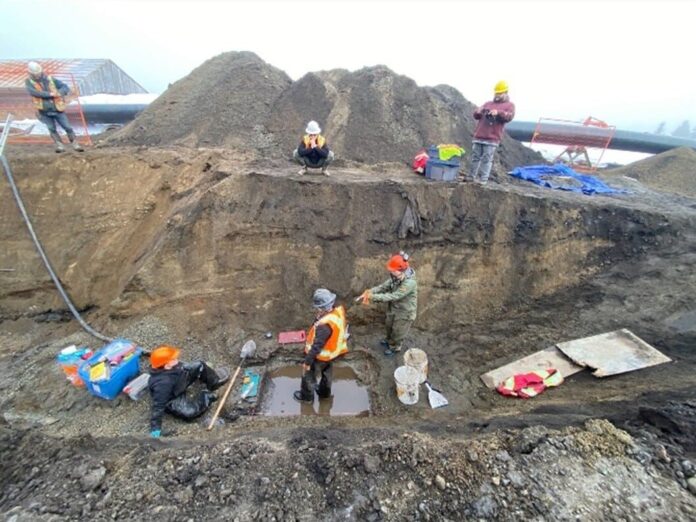A rare archaeological site found during a construction project in the Comox Valley is shedding light in how Indigenous people lived nearly four thousand years ago.
A rare 3,800-year-old archaeological wet site has been uncovered after the Comox Valley Regional District (CVRD) and K’ómoks First Nation worked to document and recover archaeological materials impacted by the project which runs through the Nations ancestral settlements and villages.
The site was discovered off Farmview Road, which included organic artifacts like wood, plant fibres, basketry, fishing nets and leather used in everyday life.
Most wet sites contain tools and other cultural materials due to a lack of oxygen, causing microbes and bacteria to be unable to break them down.
Most things discovered at wet sites include materials like stone, antlers, shells and animal bones.
The sites are rare and valuable to First Nations to give a more complete picture of how people in the past lived.
3,800-year-old wooden wedges were discovered at the site, believed to be used to split logs into planks to be used in housing construction.
Cordage was also found at the site, a traditional rope made from plant and wood fibres likely used in activities like making clothing, basketry, hunting, harvesting, carpentry and fishing.
The materials were found approximately 30 metres outside of the registered provincial archaeological site boundaries.
The Nation said the findings highlight the importance of archaeological analysis in construction projects, saying without it the materials could be destroyed and be unable to teach people more about the past.
The Royal BC Museum has been providing support to the Nation with specialized support in the wet site’s conservation.






